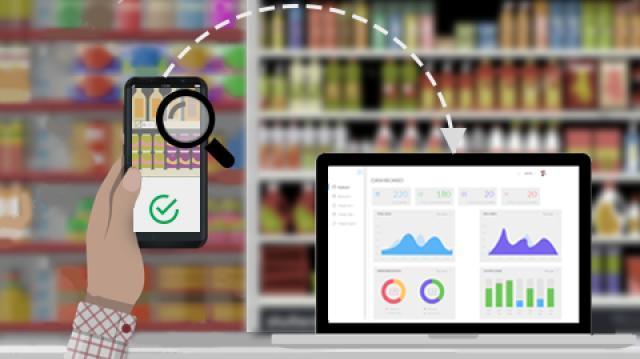The steady and impressive expansion of the on-shelf availability (OSA) solutions sector is the result of a powerful combination of intense retail competition, evolving consumer expectations, and major technological advancements. To understand the market's future, it is crucial to analyze the primary drivers behind On-Shelf Availability Solution Market Growth. These powerful catalysts are the fundamental reason the market is projected to grow to a valuation of USD 8.98 billion by 2035, a journey defined by a solid 10.22% CAGR. This upward momentum is primarily fueled by the undeniable fact that you can't sell a product that isn't there, making OSA a top-line revenue growth driver for any physical retailer.
A paramount driver of market growth is the direct and significant financial impact of out-of-stocks. When a shopper goes to a store to buy a specific item and can't find it, the retailer and the brand both lose. The shopper might delay the purchase, buy a competing brand, or worse, leave the store and potentially not return. This represents billions of dollars in lost sales across the retail industry every year. OSA solutions provide a direct way to mitigate this loss. By providing real-time alerts about shelf gaps, they enable rapid intervention to restock the product. The ability to directly link the use of the software to recovered sales and increased revenue provides a very clear and compelling return on investment (ROI), making it an easy purchasing decision for many executives.
Another key driver is the increasing pressure on retailers to optimize their labor and improve store-level efficiency. Labor is one of the biggest operating costs for any retailer. It is highly inefficient to have store employees aperiodically wander the aisles looking for empty shelves. OSA solutions automate this detection process. They can automatically generate a prioritized list of restocking tasks and send it to the mobile device of the most appropriate employee. This ensures that labor is directed to the highest-value activities—fixing the out-of-stocks that are costing the most in lost sales. This data-driven approach to task management can significantly improve labor productivity and free up staff to spend more time helping customers.
Finally, the growing need for better collaboration between retailers and their CPG brand partners is a significant factor propelling market growth. Both parties have a shared interest in ensuring products are always available. OSA platforms provide a shared, objective source of data that both the retailer and the CPG manufacturer can use. A brand representative can see the exact same shelf data as the store manager. This facilitates a more collaborative and data-driven conversation about how to improve performance. Instead of arguing about whether there is a problem, they can work together to solve it, leading to a healthier partnership and better results for both sides, and driving adoption from both retailers and brands.
Top Performing Market Insight Reports:

